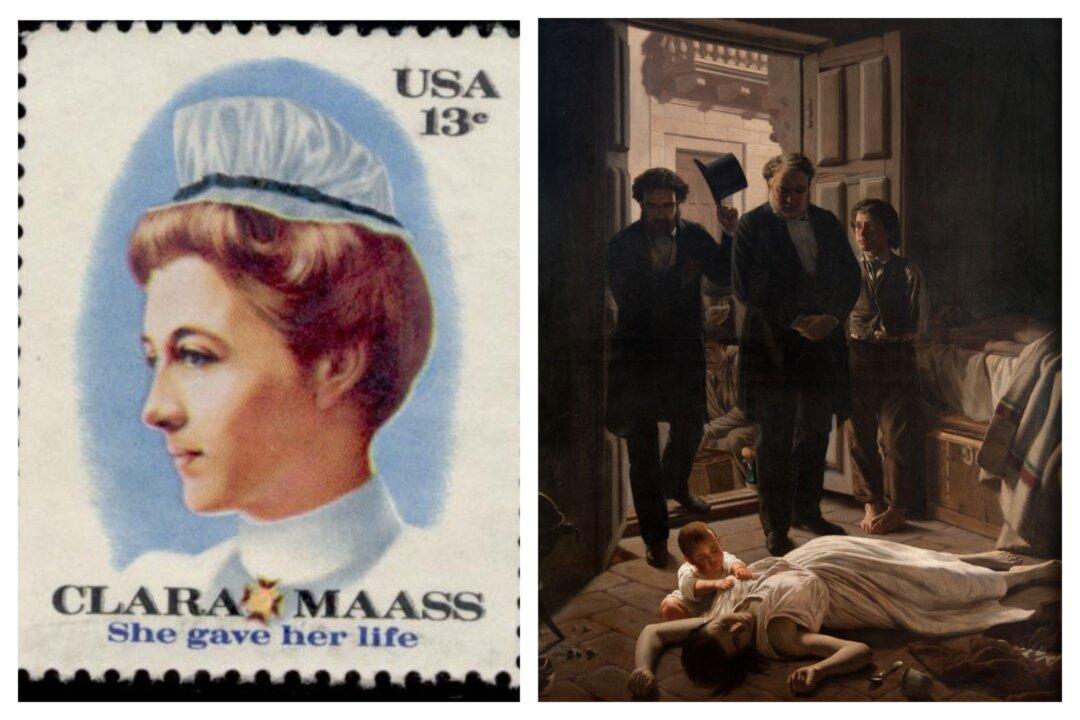It was said that there was nothing the young James Clerk Mazwell couldn’t decode. Curiosity drove him to figure out how locks and keys and other puzzles worked.
Maxwell grew up in Scotland, and his eccentric ways and introverted personality in school made him the butt of jokes among his classmates; they laughed at him and called him “Dafty.”
Soon, however, the combination of his genius for physics, his curious mind, and hard work would come to the fore. At 14, Maxwell produced his first scientific report. He developed equations of ovals that were derived from drawing the objects.

Maxwell began teaching and studying at several major universities. One summer, while he was staying with an uncle of a classmate’s minister, he became ill and the family nursed him back to health. Their compassion and care greatly impressed him.
After this, Maxwell’s religious beliefs motivated him to further his studies in physics while teaching. He, like Isaac Newton, thought that religion and science went hand in hand. As a child, Maxwell attended both the Church of Scotland, which was his father’s denomination, and his mother’s denomination, the Episcopalian church. Later in life, he became an Evangelical Presbyterian before becoming an elder of the Church of Scotland.
Discoveries and Theories
His hard work paid off. One of Maxwell’s first major findings in 1859 came about from his fascination with the planet Saturn. He knew that the planet’s rings couldn’t be solid because they would not stay stable. A solid ring would drift away or crash into the planet. A liquid ring would be forced by energy to break up.After a few years of experimenting further, he theorized that the ring consisted of numerous solid particles. In the 1980s, images from the Voyager proved Maxwell’s theory correct.
Maxwell also studied how the human eye sees color. During his research in 1861, he created the first color photograph. He took three black and white images using a red, green, and blue filter. He then made transparent prints of the images using three projectors that had similar filters to come up in what is known at the first attempt at color photography.

He retired from teaching at King’s College in 1865, but continued his scientific experiments. Maxwell was about to make his greatest discovery in physics yet. He proved that electric and magnetic forces were not separate, but contributed to the same electromagnetic force. In 1873, he published, “A Treatise on Electricity and Magnetism,” which contained 20 equations proving his electromagnetic field theory. Scientists previously thought that electric and magnetic forces were two separate phenomena.
Maxwell’s studies are known to have paved the way for several scientific discoveries in physics in the 20th century. Less than a decade after his death, Maxwell’s theories proving the connection between light and electromagnetic waves were used to discover and create radio waves.

Albert Einstein credited Maxwell’s work in his own research. He famously used Maxwell’s discoveries to come up with the theory of relativity. Maxwell’s equations are still taught to this day. When Einstein was once asked if he stood on the shoulders of Isaac Newton he said, “No, I stand on Maxwell’s shoulders.”
While most of us may have not heard of this outstanding scientist, even our modern conveniences of cell phones, microwaves, and color televisions would not exist without Maxwell’s discoveries.
Today, physicists who study areas such as special relativity and quantum mechanics have Maxwell to thank for laying the groundwork for these fields of science in the 19th century. “One scientific epoch ended and another began with James Clerk Maxwell,” Einstein said, according to the James Clerk Maxwell Foundation.






